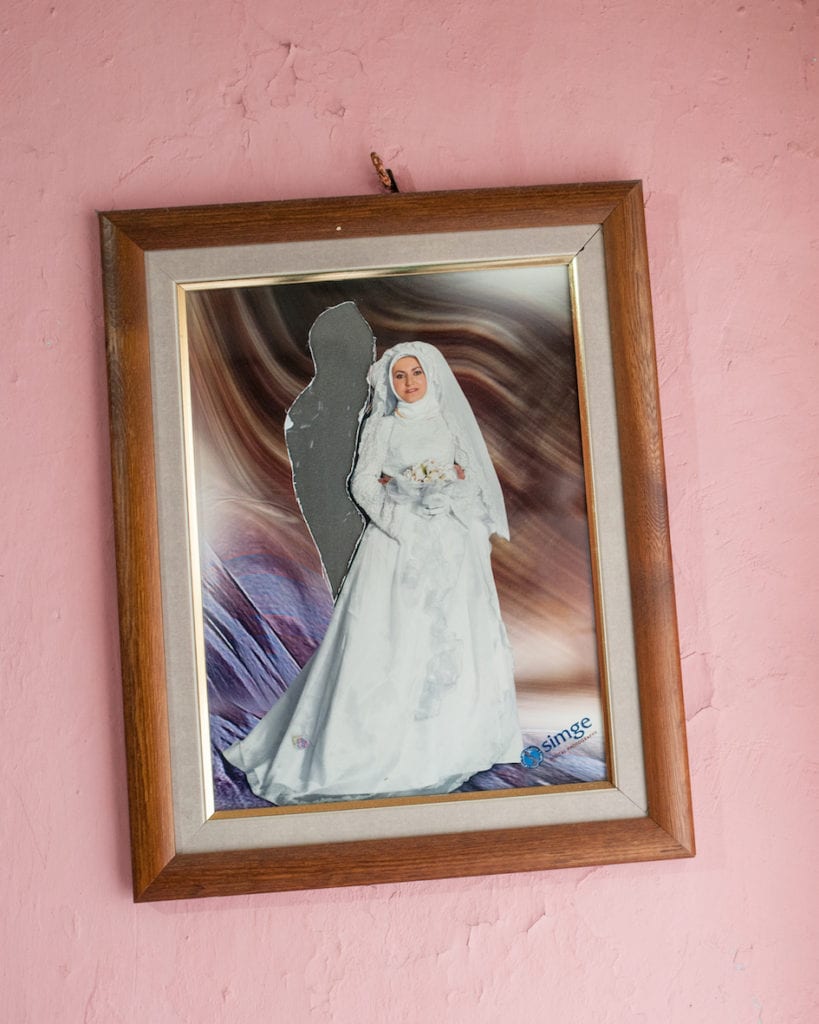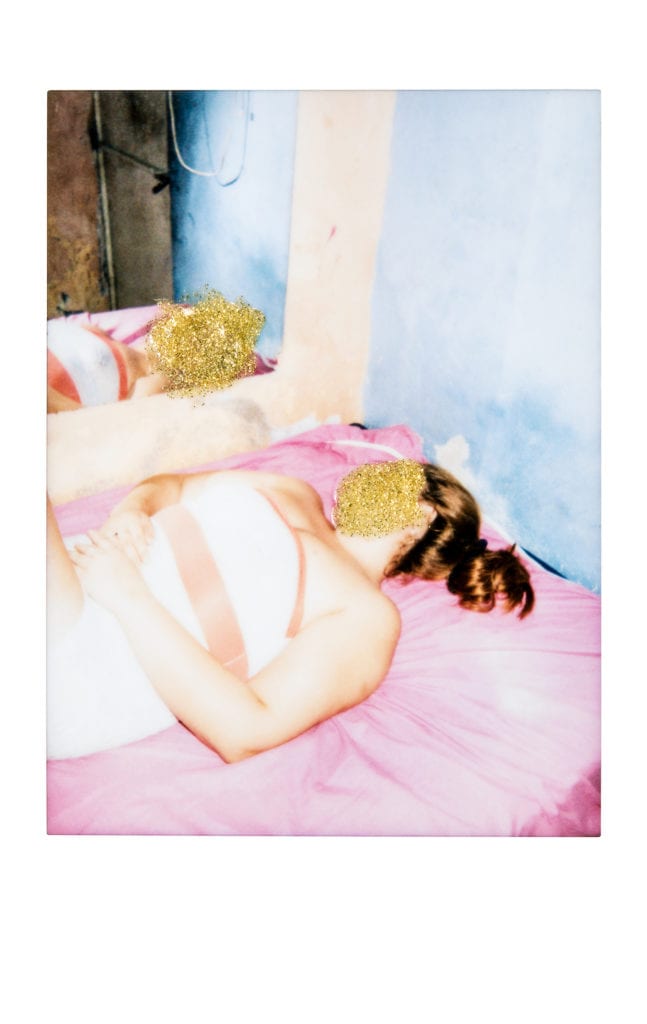Futures, a platform dedicated to emerging photographers, returns to Unseen this year with another crop of fresh talent. The initiative brings together 12 cultural institutions from across Europe to promote upcoming artists. For its contribution, British Journal of Photography is platforming the work of five of its Ones To Watch, beginning with Charlotte Schmitz. Here, we revisit the article published in our Ones To Watch issue in May 2019, written by Marc Feustel.
Her choice of subjects – the refugee crisis in Europe, and prostitution in southern Ecuador – may suggest that Charlotte Schmitz is following the arguably well-trodden path of the documentary photographer. Which would not be unusual given her study of photojournalism and documentary photography at the University of Applied Sciences and Arts in Hanover. Yet her approach is far from conventional, using collaboration and experimentation to get beyond the purely descriptive in order to produce work that is far more personal. “When she brings that originality to her photojournalism, the stories take on a new form,” says her nominator, Olivier Laurent, foreign photo editor of The Washington Post. “One that can often surprise and delight, while still staying true to the ethics of the form.”
In her work, Schmitz often uses instant Polaroid photography, explaining that she “prefers being present and talking to people rather than focusing on taking many pictures”. It’s an attitude that shows in the raw and direct images of series such as Take me to Jermany and La Puente [left and below]. The latter focuses on the biggest brothel in the city of Machala in southern Ecuador, where some 170 women work. For this project, Schmitz used Polaroids both to instil a sense of trust in a place where photography is generally unwelcome and to allow the women she photographed to become involved in the creative process. She began by inviting her subjects to use nail polish to paint over the images so as to protect their identity, but this soon turned into something more playful and creative, giving the women the opportunity to shape their own image.

Another example is her ongoing project I am so beautiful, so beautiful for which she photographed women’s private spaces in a traditional Istanbul neighbourhood – where she lived for two years – in 2013,
with the female voice always playing an important part. “One of the fundamental motivations for being a photographer and an artist is because women are misrepresented and under-represented in almost all forms of media,” she explains. Through overexposed, highly colourful images of vibrant interiors and their exclusively female occupants, the series reveals a dynamic life that is generally hidden from view.
In her most recent series, Schmitz photographed the former military site of Moria on Lesbos – now a reception centre where more than 6000 asylum seekers live closely together. While the cramped, bare conditions of these locations are evident in her photographs, the series feels uplifting and hopeful. Through her relentless collaborative approach and her engagement with the community of Moria, Schmitz shifts the focus from the difficulties the refugees face to champion the way in which these women are able to create moments of everyday joy and look toward the future. “My intent is to make it possible to form a deeper and more complex understanding of the people I photograph, by making them co-authors, who create and define their own narratives,” she explains.
futures-photography.com

